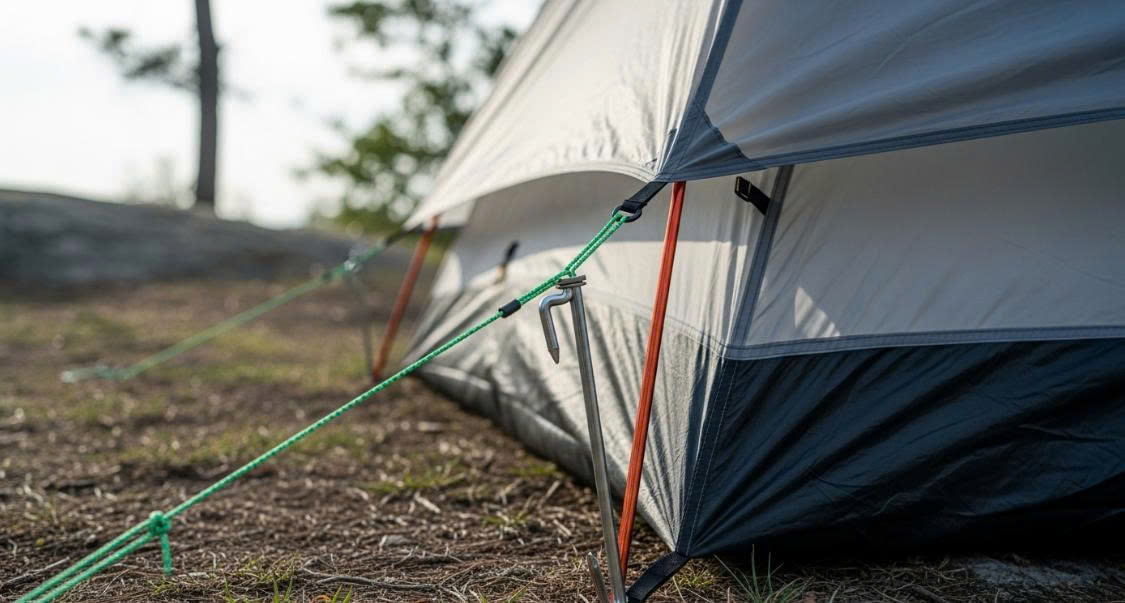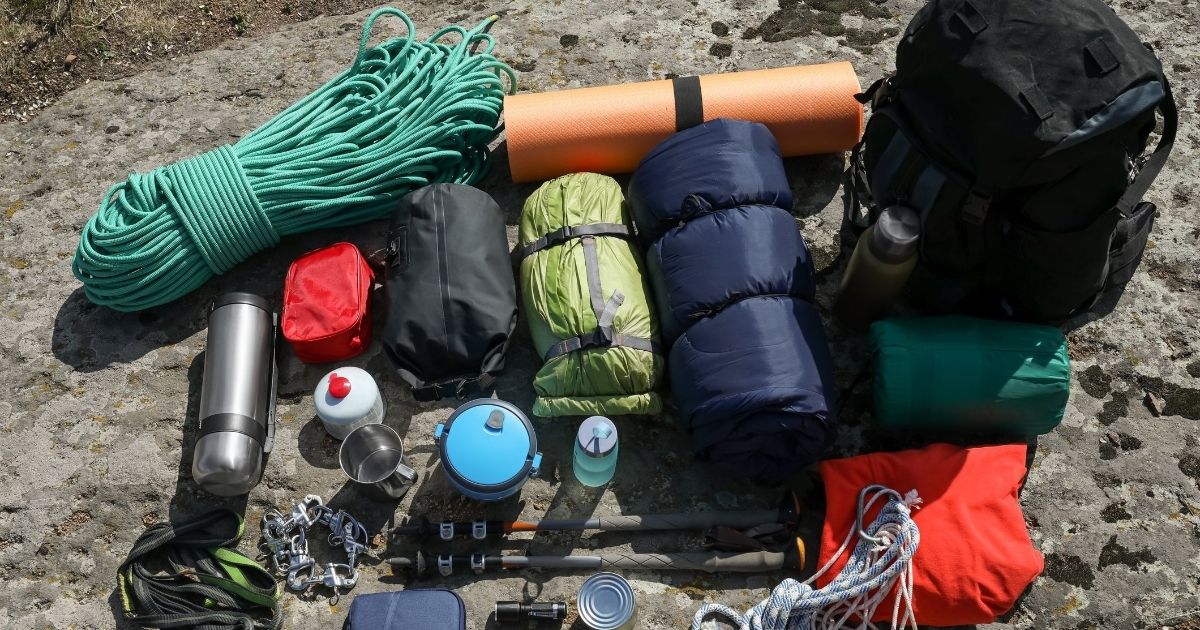As the world grapples with climate change and resource scarcity, sustainable real estate investing has emerged as a powerful way to align financial goals with environmental responsibility. Green properties—buildings designed with energy efficiency, renewable materials, and minimal ecological impact—are not just a trend but a transformative force in the real estate market. For investors, these properties offer a unique blend of profitability, tax incentives, and long-term value while contributing to a healthier planet. This article explores the rise of sustainable real estate, the financial and environmental benefits of green properties, and practical strategies for investors to capitalize on this growing sector.
What Makes a Property "Green"?
Green properties prioritize sustainability through design, construction, and operation. Key features include:
- Energy Efficiency: High-performance insulation, LED lighting, and smart thermostats reduce energy consumption.
- Renewable Energy: Solar panels, wind turbines, or geothermal systems lower reliance on fossil fuels.
.png)
- Sustainable Materials: Use of recycled, non-toxic, or locally sourced materials minimizes environmental impact.
- Water Conservation: Low-flow fixtures, rainwater harvesting, and greywater recycling reduce water waste.
- Certifications: Standards like LEED (Leadership in Energy and Environmental Design), ENERGY STAR, or BREEAM validate a property’s eco-credentials.
These features not only reduce a building’s carbon footprint but also enhance its appeal to tenants, buyers, and investors who value sustainability. From single-family homes with solar roofs to commercial buildings with green certifications, the scope of green real estate is vast and growing.
Read more: Finding Your Perfect Apartment Home: A Guide to Luxury Senior Living
Why Invest in Green Properties?
Sustainable real estate offers compelling financial and environmental benefits, making it an attractive option for investors. Here’s why green properties are gaining traction:
1. Higher Returns and Property Value
Green buildings often command higher rental rates and resale values due to their lower operating costs and appeal to eco-conscious tenants. A 2023 study by the U.S. Green Building Council found that LEED-certified commercial buildings had 4–6% higher rental rates than non-certified counterparts. Energy-efficient homes also attract buyers willing to pay a premium—sometimes 5–10% more—for reduced utility bills and modern amenities.
For example, a residential property with solar panels can save homeowners $1,000–$2,000 annually on electricity, depending on location and system size. These savings translate into higher marketability and long-term appreciation, making green properties a sound investment.
2. Tax Incentives and Rebates
Governments worldwide offer financial incentives to promote sustainable construction and retrofitting. In the U.S., the Inflation Reduction Act of 2022 provides tax credits for energy-efficient upgrades, such as 30% of the cost of solar panel installation (up to a cap). State and local programs may offer additional rebates for water-saving fixtures or green certifications. For commercial investors, accelerated depreciation on energy-efficient equipment can further boost returns.
These incentives reduce upfront costs, making green investments more accessible and improving cash flow over time. Investors should consult local regulations to maximize available benefits.
3. Lower Operating Costs
Green properties are designed to minimize utility expenses, benefiting both owners and tenants. Energy-efficient HVAC systems, for instance, can cut heating and cooling costs by 20–40%. Water-saving technologies, like low-flow toilets and xeriscaping, reduce water bills, especially in drought-prone regions. These savings enhance net operating income (NOI), a key metric for real estate profitability.
.png)
For rental properties, lower utility costs make units more attractive to tenants, reducing vacancy rates and increasing demand. In commercial real estate, “net-zero” buildings—those producing as much energy as they consume—are becoming a gold standard for cost efficiency.
4. Rising Tenant and Buyer Demand
Millennials and Gen Z, who dominate the housing and rental markets, prioritize sustainability. A 2024 National Association of Realtors survey reported that 65% of homebuyers under 40 consider energy efficiency a top factor in their purchase decisions. Similarly, corporate tenants seek LEED-certified office spaces to align with their sustainability goals and attract eco-conscious employees.
This demand drives occupancy rates and allows landlords to charge premium rents. Green properties also future-proof investments against stricter environmental regulations, ensuring long-term marketability.
5. Environmental Impact
Beyond profits, green real estate contributes to global sustainability goals. Buildings account for nearly 40% of global carbon emissions, according to the International Energy Agency. By investing in energy-efficient properties, investors reduce greenhouse gas emissions, conserve resources, and support biodiversity through sustainable landscaping. For socially responsible investors, this alignment with environmental values adds a layer of purpose to their portfolios.
Read more: Home Repair Grants for Seniors: How to Get a New Roof and More
Types of Green Real Estate Investments
Sustainable real estate spans various property types and investment strategies, offering flexibility for investors with different goals and budgets. Here are key options:
1. Residential Green Homes
Single-family homes or multifamily units with eco-friendly features, such as solar panels, energy-efficient windows, or smart home systems, are ideal for small-scale investors. These properties appeal to families and young professionals seeking lower utility bills and modern designs. Investors can purchase existing green homes or retrofit traditional properties with sustainable upgrades.
2. Commercial Green Buildings
Office buildings, retail centers, and warehouses with LEED or ENERGY STAR certifications attract corporate tenants and institutional investors. These properties often have higher upfront costs but offer stable cash flows due to long-term leases and premium rents. For example, a LEED-certified office building in a major city can yield 5–7% annual returns, competitive with traditional commercial properties.
3. Real Estate Investment Trusts (REITs)
Green REITs, like those offered by Hannon Armstrong or Prologis, focus on sustainable properties such as solar farms or energy-efficient warehouses. REITs provide a low-cost entry point for investors, with dividends funded by rental income or energy sales. They’re ideal for those seeking passive income without direct property management.
4. Retrofitting Existing Properties
Retrofitting older buildings with green upgrades—such as adding insulation, upgrading to LED lighting, or installing solar panels—can transform a traditional property into a sustainable asset. This strategy suits hands-on investors with renovation experience, offering high returns if executed cost-effectively.
Strategies for Successful Green Investing
To maximize profits and impact, investors should adopt the following strategies:
1. Research High-Demand Markets
Focus on regions with strong demand for sustainable properties, such as urban areas with eco-conscious populations or states with robust green incentives (e.g., California, New York). Markets with high energy costs or water scarcity also favor green properties, as tenants prioritize cost savings.
2. Leverage Certifications
Properties with LEED, ENERGY STAR, or other certifications carry a seal of credibility, boosting marketability and value. For new developments, work with architects and contractors experienced in green building standards. For existing properties, pursue certifications through retrofits, ensuring compliance with local codes.
3. Partner with Experts
Collaborate with professionals like green architects, energy auditors, or sustainability consultants to identify cost-effective upgrades. For commercial investments, engage property managers experienced in green operations to maintain efficiency and tenant satisfaction.
4. Evaluate Long-Term Costs
While green upgrades may have higher upfront costs, their long-term savings often outweigh the initial investment. Use tools like life-cycle cost analysis to compare options, factoring in maintenance, energy savings, and resale potential. For example, a $10,000 solar installation might pay for itself in 5–7 years through energy savings and tax credits.
.png)
5. Stay Informed on Regulations
Environmental regulations are tightening globally, with cities like London and New York mandating energy efficiency standards for buildings. Stay updated on local policies to ensure compliance and capitalize on incentives. This also protects your investment from obsolescence as green standards become mainstream.
6. Market to Eco-Conscious Tenants
Highlight green features in your marketing, such as “solar-powered home” or “LEED-certified office.” Use online platforms, social media, and real estate listings to target sustainability-minded tenants and buyers, emphasizing cost savings and environmental benefits.
Challenges and Risks
Despite its promise, sustainable real estate investing has challenges:
- Higher Initial Costs: Green materials and technologies, like solar panels or high-efficiency HVAC systems, can be expensive upfront, requiring careful budgeting.
- Learning Curve: Investors new to green properties may need time to understand certifications, retrofitting processes, or renewable energy systems.
- Market Variability: Not all markets value green features equally. Rural areas, for instance, may have less demand for eco-friendly homes than urban centers.
- Maintenance Complexity: Some green systems, like geothermal pumps, require specialized maintenance, increasing long-term costs if not managed properly.
To mitigate these risks, start small—perhaps with a single green retrofit or a REIT investment—and scale up as you gain experience. Conduct thorough due diligence on properties and markets, and consult financial advisors to align green investments with your portfolio goals.
The Future of Green Real Estate
The sustainable real estate market is poised for growth. The Global Sustainable Investment Alliance reported in 2024 that sustainable investments, including real estate, grew by 15% annually, driven by consumer demand and regulatory pressure. Innovations like net-zero buildings, biophilic design (integrating nature into architecture), and AI-driven energy management are expanding opportunities for investors.
Moreover, climate change is pushing governments and corporations to prioritize sustainability. Cities are adopting “green zoning” laws, and companies are committing to carbon-neutral goals, increasing demand for eco-friendly properties. Investors who enter this market now can position themselves as leaders in a rapidly evolving sector.
Conclusion: Profits with Purpose
Sustainable real estate investing offers a rare opportunity to build wealth while making a positive impact. Green properties deliver financial benefits through higher returns, lower costs, and tax incentives, while addressing pressing environmental challenges. Whether you’re a first-time investor exploring a solar-powered rental home or a seasoned player eyeing a LEED-certified office tower, the green real estate market has something for everyone.
To succeed, research your market, leverage incentives, and prioritize properties with strong eco-credentials. By aligning your investments with sustainability, you’re not just securing profits—you’re helping build a future where clean energy, conserved resources, and thriving communities go hand in hand. Start small, think green, and watch your portfolio grow with purpose.

.png)
.png)




.jpg)
.jpg)






